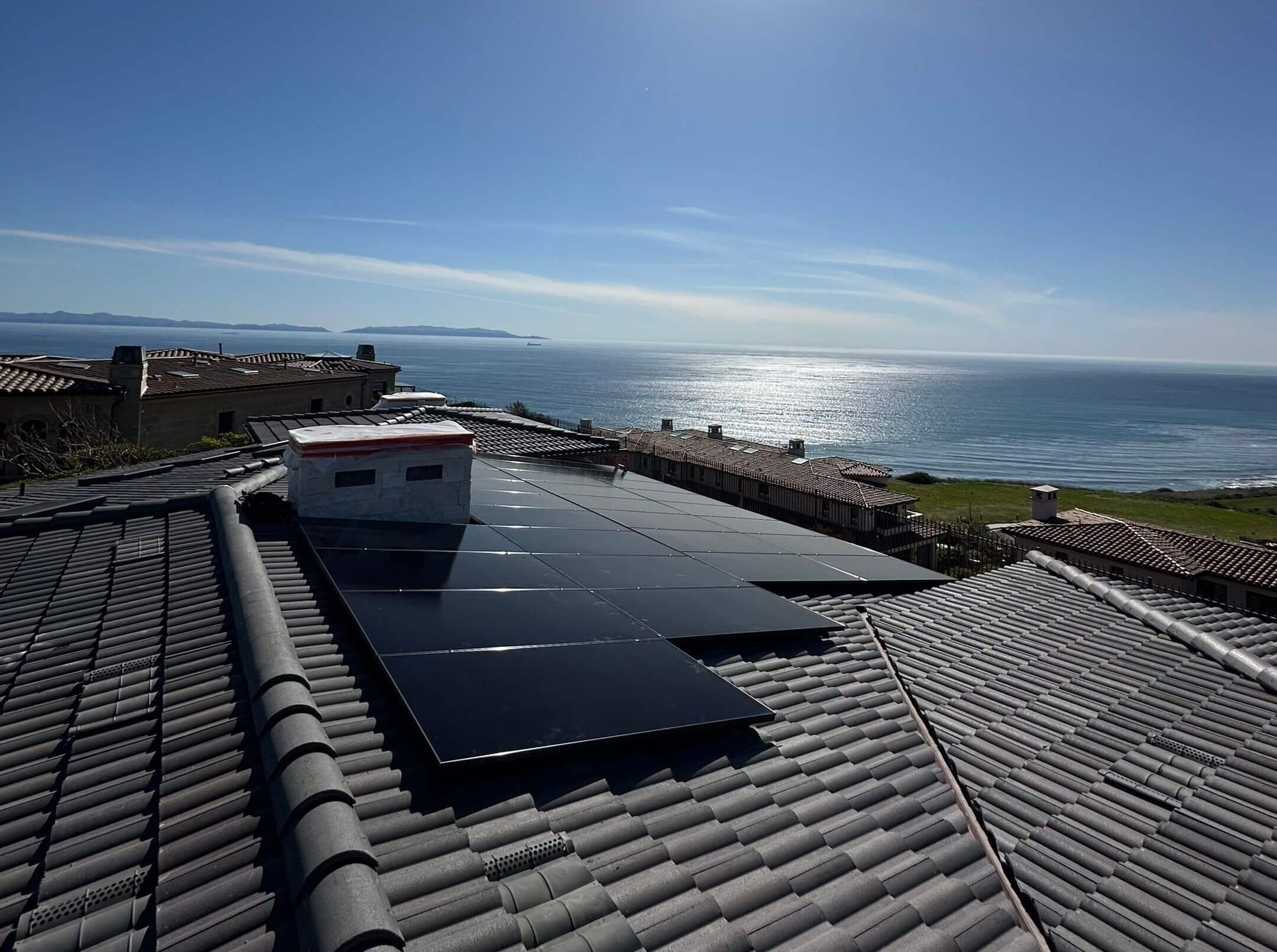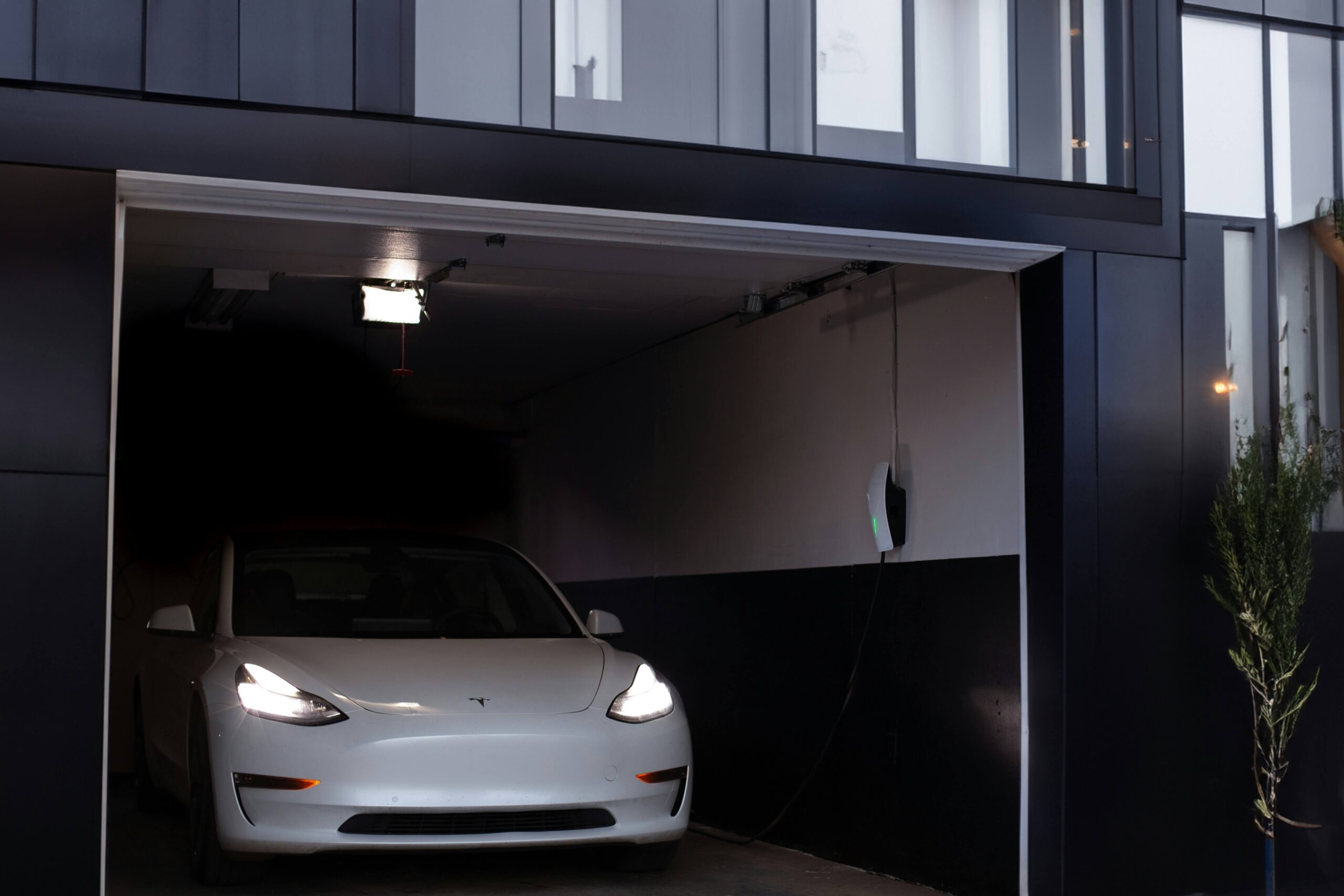Do you feel like you can’t get your electricity bills under control—even though you have solar? You’re not alone.
Many homeowners find themselves wondering, “Why is my power bill still high if I have solar panels?” With a solar system in place, your panels will be generating electricity, however, if you’re consuming more electricity than you’re generating, then the reduction in your bill will be considerably less than what you are expecting.
The easiest solution would be to cut down on your electricity consumption. But if you’ve done that and your bills are still high, then a hidden factor could be working against your system: plug loads.
What Is a Plug Load?
A plug load is the energy used by any device that’s plugged into a wall outlet—whether it’s actively running or just sitting idle.
That means TVs, WiFi routers, cable boxes, computers, chargers, smart speakers, kitchen appliances—even your coffee maker or printer—are all drawing power. Some are obvious. Others are quietly using electricity in the background 24/7. This is called phantom or standby power, and it adds up.
In fact, plug loads can account for up to one-third of a home’s total electricity use. That’s significant, especially if you’re trying to lower your electricity bills with an investment in solar.
Common Plug Load Devices
Here’s a look at the usual suspects, broken down by category:
Obvious Devices:
- TVs, cable boxes, and entertainment consoles
- Plug-in lamps and appliances with clocks or LEDs
- Hot tubs, saunas, and cold plunges
- Mini fridges and wine fridges
Less Obvious Devices:
- WiFi routers, extenders, and modems
- Security systems, smart home hubs, and lighting control systems
- Computers, monitors, printers, and shredders
- Phone chargers left plugged in all day
- Coffee makers, ice machines, and space heaters
Often Overlooked:
- Smart thermostats and their transformers
- Garage door openers and irrigation systems
- Pool timers, pumps, and outdoor lighting controls
- Doorbells and furnace/hot water ignitors
Even small devices contribute to your total energy use when left on continuously. Multiply that across a typical household, and you’re easily looking at dozens of devices quietly increasing your bill.
Why do Plug Loads Matter When You Have Solar?
Let’s get to the big question: Why should plug loads matter if your solar panels are generating power?
Here’s the thing: Your solar system is designed based on your expected energy usage. If your plug loads are higher than anticipated—or you add more electronics after going solar—it can throw off the balance. That means:
You’re using more electricity than you’re generating, especially during peak hours
If you have a battery, you may be using more of your backup power, leaving you reliant on utility power
Bottom line: Plug loads silently erode your solar savings. But the good news? You can do something about it.
Smart Plug Load Solutions to Save Energy
Here are practical steps you can take to reduce plug load waste and get more value from your solar system:
1. Use Smart Power Strips
Smart or energy-saving power strips automatically cut power to devices in standby mode. Some models have a “control” outlet, which means when the main device (like a TV or computer) turns off, the strip shuts off power to peripherals (like speakers or printers). This can significantly reduce standby energy use.
2. Consolidate Where You Can
Replace multiple single-use devices with a single multifunction unit. For example, a printer/scanner/copier combo draws less power than three separate machines.
3. Identify Plug Load Hotspots
Walk through your home and list every plugged-in device. Are they necessary? Can some be unplugged when not in use? Can others be put on timers to run only during the day (when your solar panels are producing the most)?
4. Schedule High-Use Appliances for Daytime and Off-Peak Hours
Shift energy-heavy activities—like running the dishwasher, doing laundry, or charging an EV—to midday when solar production is highest. This helps maximize your self-consumption and reduce the need to draw power from the grid.
5. Leverage Home Energy Monitoring
Many solar systems offer monitoring apps that show how much electricity you’re producing and using. These insights can help you spot when plug loads are spiking—and help guide better energy habits.
If you currently have the Tesla app, it just doesn’t help you monitor your system but also contains your energy data. Analyze your energy graphs to determine how you can manage your plug loads. Please do not change any settings in your app.
Small Adjustments, Big Savings
Solar offers cost savings and a strong return on investment. But like any system, it works best when paired with smart energy habits. Plug loads may be easy to overlook, but they’re one of the fastest ways to improve your energy efficiency and lower your bills.
With just a few adjustments, you can take back control of your energy usage and get the savings you expect from your solar system.



